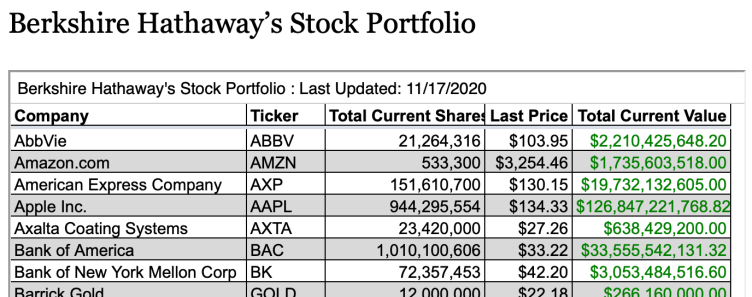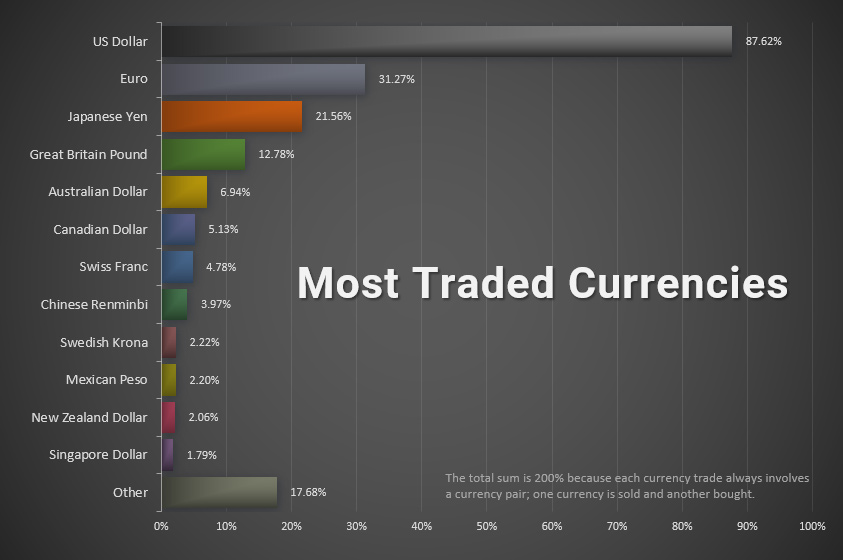
Although it may sound like an efficient way to invest in exchange traded funds (ETFs), you should be familiar with the tax rules. ETFs hold stocks, bonds, and any other financial assets. As a result, they are highly liquid investments and can be purchased and sold just like an ordinary stock. However, ETFs are also taxed the same way as mutual funds. In addition, there are tax rules for ETF dividends.
The fund's underlying assets determine the amount of dividends that an ETF will pay. ETFs pay two types of dividends: qualified and unqualified. The former is a tax-free cash distribution, while the latter is subject to normal income tax rates. The tax rate for qualified dividends is between 0% and 20%. The ETF must have held the stock for at most 121 days to be eligible. The ETF must have paid dividends for at least 60 of the 121-day period. The IRS then reports the dividends. The IRS determines whether a dividend is qualified or not.

In addition to the qualified dividends, ETFs may pay nonqualified dividends. Nonqualified dividends pay ordinary income taxes. Nonqualified dividends can be paid for stocks held less than 60 calendar days. ETFs do not qualify for the dividend. Nonqualified dividends are subject to income tax at an average rate of 10-37%.
The most obvious way to benefit from ETF dividends is by reinvesting them in additional shares of the ETF. However, the IRS does not require that an ETF reinvest all its dividends. Experts suggest investors take advantage time spent in the market by investing the dividends. This may help supercharge your earnings. It also takes advantage of the power of compound interest.
In addition, an ETF may have to pay a special Medicare tax on the net investment income (NII) from dividends. This special Medicare tax applies to high income investors and is 3.8% in tax.
Dividend ETFs can be a great way to diversify your portfolio. These ETFs can also be a great way to earn dividends, which can prove useful in your retirement years. You may also earn capital gains by selling the ETF. You will need to keep the ETF in your portfolio for at least one calendar year to avoid this tax. You will be liable for ordinary income tax if you dispose of the ETF within the year. It's also important to note that most ETFs pay their dividends in cash.

ETF dividends will generally be treated as ordinary income. However, the ETF might also have to pay quarterly estimated tax. This tax is typically paid by the investor along with their regular income tax. A tax advisor can help determine how much you can save on dividend ETF investments.
FAQ
What is the difference in a broker and financial advisor?
Brokers are specialists in the sale and purchase of stocks and other securities for individuals and companies. They take care of all the paperwork involved in the transaction.
Financial advisors are experts on personal finances. They can help clients plan for retirement, prepare to handle emergencies, and set financial goals.
Banks, insurance companies or other institutions might employ financial advisors. They could also work for an independent fee-only professional.
If you want to start a career in the financial services industry, you should consider taking classes in finance, accounting, and marketing. It is also important to understand the various types of investments that are available.
What is a Stock Exchange exactly?
Stock exchanges are where companies can sell shares of their company. This allows investors the opportunity to invest in the company. The market sets the price of the share. The market usually determines the price of the share based on what people will pay for it.
Stock exchanges also help companies raise money from investors. To help companies grow, investors invest money. They do this by buying shares in the company. Companies use their money as capital to expand and fund their businesses.
There are many kinds of shares that can be traded on a stock exchange. Some of these shares are called ordinary shares. These shares are the most widely traded. Ordinary shares are bought and sold in the open market. Shares are traded at prices determined by supply and demand.
Other types of shares include preferred shares and debt securities. When dividends become due, preferred shares will be given preference over other shares. Debt securities are bonds issued by the company which must be repaid.
Are bonds tradeable?
Yes they are. As shares, bonds can also be traded on exchanges. They have been doing so for many decades.
You cannot purchase a bond directly through an issuer. A broker must buy them for you.
This makes it easier to purchase bonds as there are fewer intermediaries. This means you need to find someone willing and able to buy your bonds.
There are several types of bonds. There are many types of bonds. Some pay regular interest while others don't.
Some pay quarterly interest, while others pay annual interest. These differences make it easy for bonds to be compared.
Bonds are a great way to invest money. In other words, PS10,000 could be invested in a savings account to earn 0.75% annually. This amount would yield 12.5% annually if it were invested in a 10-year bond.
You could get a higher return if you invested all these investments in a portfolio.
What are the advantages to owning stocks?
Stocks are less volatile than bonds. Stocks will lose a lot of value if a company goes bankrupt.
However, if a company grows, then the share price will rise.
To raise capital, companies often issue new shares. This allows investors to purchase additional shares in the company.
Companies can borrow money through debt finance. This allows them to access cheap credit which allows them to grow quicker.
A company that makes a good product is more likely to be bought by people. The stock price rises as the demand for it increases.
As long as the company continues to produce products that people want, then the stock price should continue to increase.
Statistics
- Individuals with very limited financial experience are either terrified by horror stories of average investors losing 50% of their portfolio value or are beguiled by "hot tips" that bear the promise of huge rewards but seldom pay off. (investopedia.com)
- US resident who opens a new IBKR Pro individual or joint account receives a 0.25% rate reduction on margin loans. (nerdwallet.com)
- Even if you find talent for trading stocks, allocating more than 10% of your portfolio to an individual stock can expose your savings to too much volatility. (nerdwallet.com)
- Ratchet down that 10% if you don't yet have a healthy emergency fund and 10% to 15% of your income funneled into a retirement savings account. (nerdwallet.com)
External Links
How To
How to Open a Trading Account
First, open a brokerage account. There are many brokerage firms out there that offer different services. Some brokers charge fees while some do not. Etrade is the most well-known brokerage.
After you have opened an account, choose the type of account that you wish to open. You can choose from these options:
-
Individual Retirement Accounts (IRAs)
-
Roth Individual Retirement Accounts (RIRAs)
-
401(k)s
-
403(b)s
-
SIMPLE IRAs
-
SEP IRAs
-
SIMPLE 401(k).
Each option has different benefits. IRA accounts have tax advantages but require more paperwork than other options. Roth IRAs are a way for investors to deduct their contributions from their taxable income. However they cannot be used as a source or funds for withdrawals. SEP IRAs are similar to SIMPLE IRAs, except they can also be funded with employer matching dollars. SIMPLE IRAs require very little effort to set up. Employers can contribute pre-tax dollars to SIMPLE IRAs and they will match the contributions.
The final step is to decide how much money you wish to invest. This is also known as your first deposit. You will be offered a range of deposits, depending on how much you are willing to earn. A range of deposits could be offered, for example, $5,000-$10,000, depending on your rate of return. The lower end represents a conservative approach while the higher end represents a risky strategy.
Once you have decided on the type account you want, it is time to decide how much you want to invest. There are minimum investment amounts for each broker. These minimum amounts vary from broker-to-broker, so be sure to verify with each broker.
After you've decided the type and amount of money that you want to put into an account, you will need to find a broker. Before you choose a broker, consider the following:
-
Fees – Make sure the fee structure is clear and affordable. Many brokers will offer rebates or free trades as a way to hide their fees. However, many brokers increase their fees after your first trade. Be wary of any broker who tries to trick you into paying extra fees.
-
Customer service - Find customer service representatives who have a good knowledge of their products and are able to quickly answer any questions.
-
Security - Make sure you choose a broker that offers security features such multi-signature technology, two-factor authentication, and other.
-
Mobile apps - Find out if your broker offers mobile apps to allow you to view your portfolio anywhere, anytime from your smartphone.
-
Social media presence: Find out if the broker has a social media presence. It might be time for them to leave if they don't.
-
Technology - Does it use cutting-edge technology Is the trading platform user-friendly? Is there any difficulty using the trading platform?
After choosing a broker you will need to sign up for an Account. Some brokers offer free trials. Other brokers charge a small fee for you to get started. After signing up, you'll need to confirm your email address, phone number, and password. Then, you'll be asked to provide personal information such as your name, date of birth, and social security number. The last step is to provide proof of identification in order to confirm your identity.
Once you're verified, you'll begin receiving emails from your new brokerage firm. It's important to read these emails carefully because they contain important information about your account. This will include information such as which assets can be bought and sold, what types of transactions are available and the associated fees. Keep track of any promotions your broker offers. These could include referral bonuses, contests, or even free trades!
Next, open an online account. Opening an account online is normally done via a third-party website, such as TradeStation. Both of these websites are great for beginners. When opening an account, you'll typically need to provide your full name, address, phone number, email address, and other identifying information. After all this information is submitted, an activation code will be sent to you. This code is used to log into your account and complete this process.
Once you have opened a new account, you are ready to start investing.